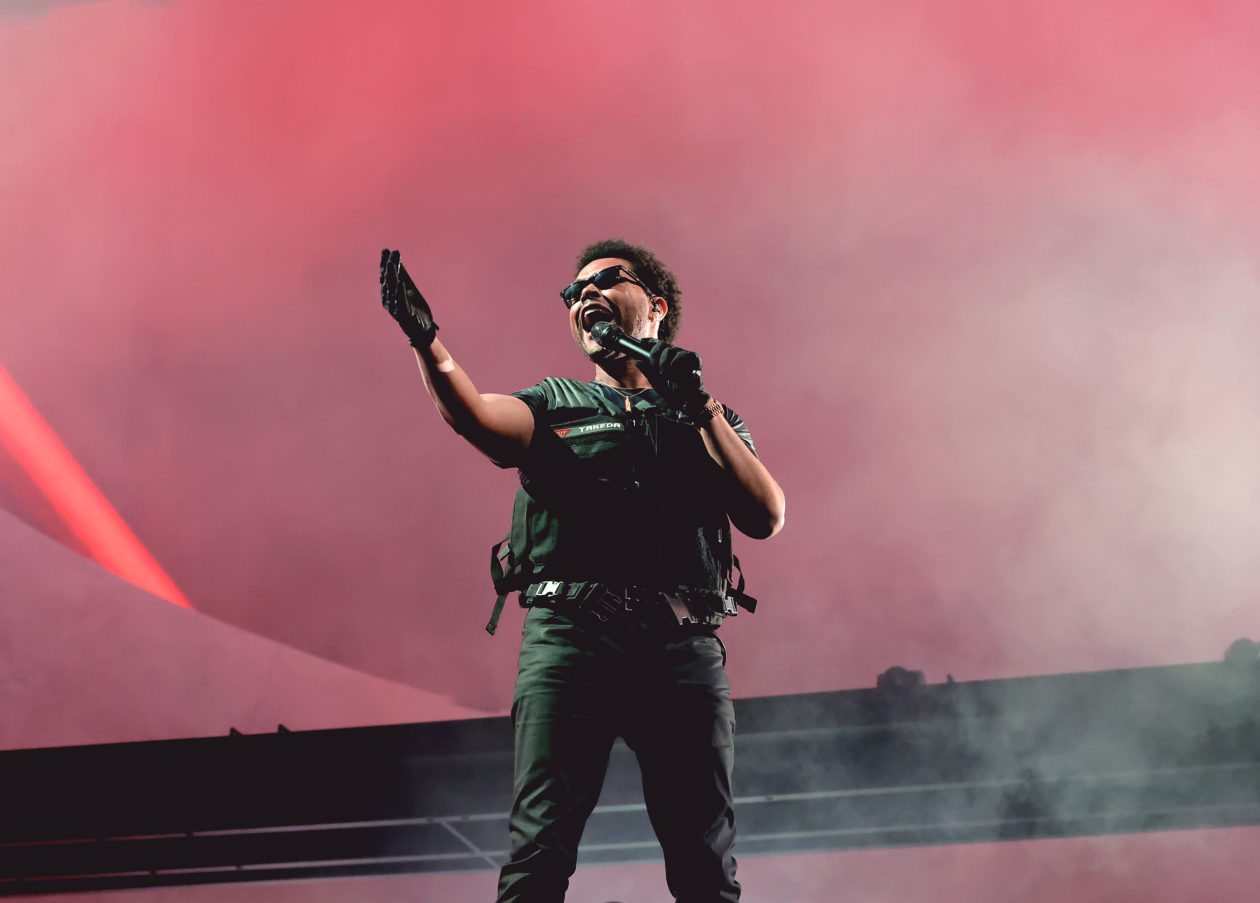Earlier this summer, as crypto entered into a bear market, the odds were stacked against NFT.NYC 2022. But even — and perhaps especially — as the non-fungible tokens market plunged to US$700 million in June, down from US$2.6 billion in May, there could’ve been more emphasis on addressing the issues facing the industry. While the conference itself may have tried to approach NFTs in a more serious way, many of the projects attending the event seemed more focused on hiring a Snoop Dogg impersonator to garner hype than pushing the industry forward. And instead of informative sessions on how to build serious use cases for NFTs, many attendees reported “zero quiet spaces” at a conference whose highlight seemed to be partying with millionaires and models.
So what was it that many of the NFT.NYC projects were missing? Oddly enough, the answer doesn’t come from a different tech event, but rather an iconic music festival with even fewer quiet spaces — Coachella. We’ve already seen NFTs used in entertainment for fundraising and even collectible music, but they have largely failed to offer dynamic utility for their holders, aside from just digital ownership of something as simple as a concert ticket. Coachella took a different approach.
When NFTs initially entered the global spotlight, they were commonly viewed as a way to grant holders bragging rights. NFTs offer digital ownership, which initially caught attention for enhancing and digitizing the traditional art world following their eye-catching debut in the cryptosphere. From the start, NFTs were set up to have a static role in the context of buying and selling digital rights, with few other benefits to offer besides ownership and something to boast about.
Soon after capturing the art world, NFTs moved on to sports, specifically with the advent of digital sports collectibles. And NFTs are largely to thank for giving old-school memorabilia trading a makeover, like how NFT sports memorabilia have taken on a new life. The success in sports led to blockchain-based sports gaming companies like Sorare, which implement NFTs to promote engagement and expand fan communities.
The music industry was quick to carry the NFT baton. Major artists like Grimes, Katy Perry and BTS have already invested in NFTs, whether by creating an entire collection or funding an NFT-focused project. But many of the celebrity NFTs were just that, NFTs with no real utility. Fans can connect with their artist of choice — but the benefits typically stop there.
Perhaps fittingly, one of the most successful music festivals in the world decided selling valueless tokens to fans was the wrong recipe for a successful NFT launch. Instead, Coachella issued 10 NFTs, which included luxury camping, gourmet food and lifetime passes. Of course, it’s not as though lifetime passes haven’t been tried by other tiny NFT projects. But Coachella fans seem to agree an eternal entry card to this festival really ups the ante as far as use cases go for this technology.
Coachella sold all 10 NFTs for a total of nearly US$1.5 million.
The success of these tangible, real-world benefits cannot be understated. Research suggests that the vast majority of people are happier when purchasing an experience — whether a concert, trip or good meal — than spending on a material item. Coachella brilliantly elevated the latter into the former, giving people an enjoyable, memorable experience with their digital assets.
The music festival’s success illustrates how NFTs can shape entertainment at large. Most mainstream music fans don’t care to own an NFT solely for pride, let alone enough to set up a crypto wallet and figure out how to purchase the digital asset. But if it comes with VIP access to a music festival meet-and-greets with their favorite artist, or a concert poster they can hang in their room, more fans might be willing to take the plunge into the NFT waters.
Unfortunately, Maslow’s Hierarchy of Needs doesn’t mention NFTs. But brands can gauge their target consumer’s buying motivations and see how these habits and desires could tie in with an NFT offering.
While research suggests that over 60% of people are now somewhat familiar with NFTs, only 4% have actually purchased, created and/or sold an NFT in the past. So although awareness of NFTs is up, to successfully sell NFTs, brands need to give their customers a reason to be interested.
Once a company determines the appropriate product or service for its audience, it can use an NFT as a vehicle for it, like a ticket stub for event access. But the value must also continue down the line — collectibility must extend beyond novelty and offer dynamic and sustained benefits. If not, the 99% of consumers will only view it as equal to a physical ticket stub, nice as a keepsake but non-essential.
Beyond just ensuring prolonged value, NFT sellers should also offer some kind of assistance for prospective buyers to make their first purchase. Not understanding NFTs was the second likeliest reason why people haven’t purchased one yet, according to one survey.
If companies want to capitalize on NFTs, they will have to hold their customers’ hands to help them through the purchasing process. This can include instructing how to set up a crypto wallet or prioritizing stellar customer support, which can also raise the likelihood of buying — most consumers are willing to spend more on something that is accompanied by great customer experience and service. With this in mind, the NFT community requires some serious tuning to turn all the hype into a thriving industry.
Mirwan Suwarso is a U.K.-based film and stage director, writer and producer. He is also an official representative for Mola TV, an OTT multimedia company for sports, music and film content. Prior to Mola, he worked as the creative head at MSP Entertainment and a film director for Destiny Films.
subscribe to our newsletter
Get the best of Forkast delivered to your inbox daily
subscribe to our newsletter
Get the best of Forkast delivered to your inbox daily

